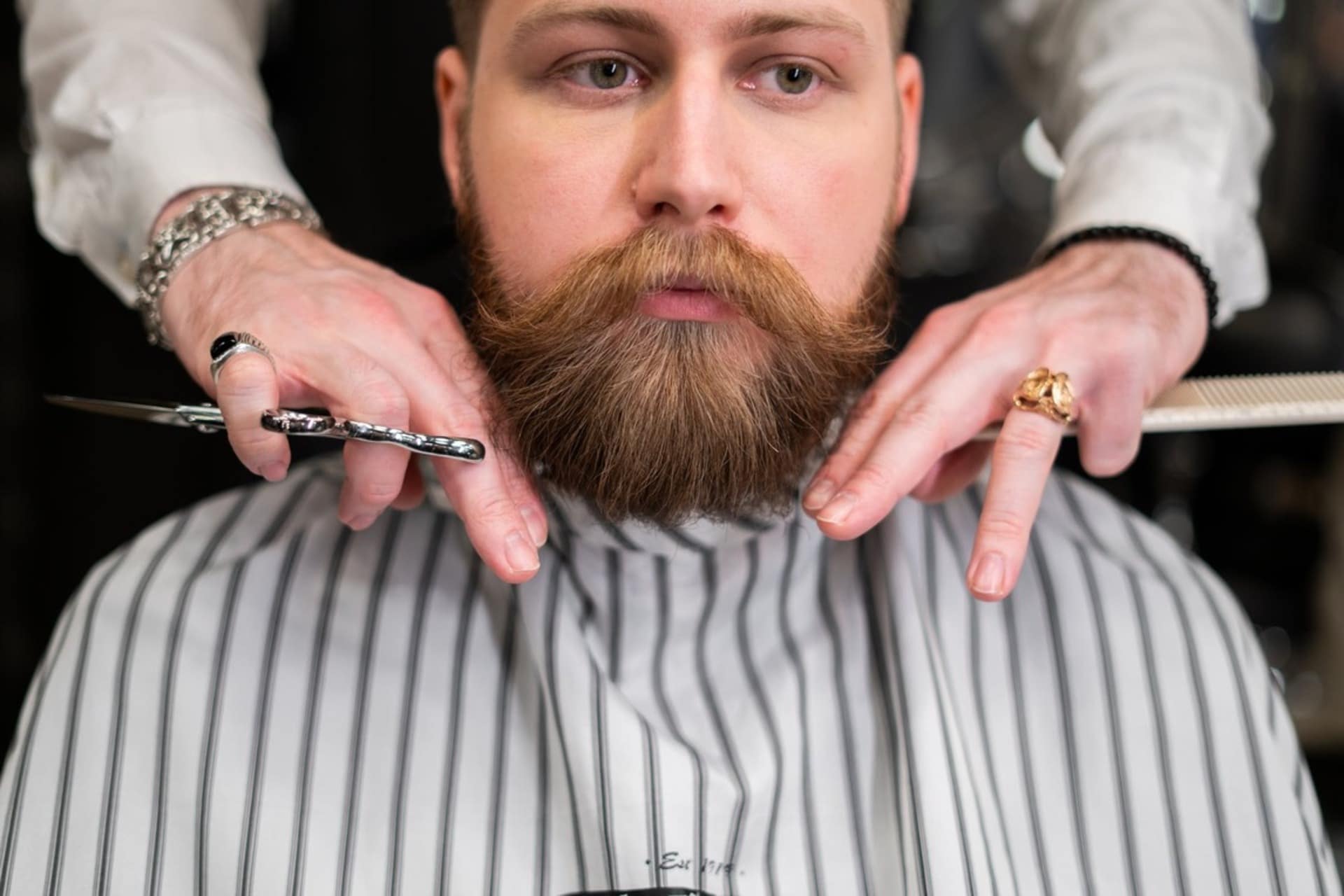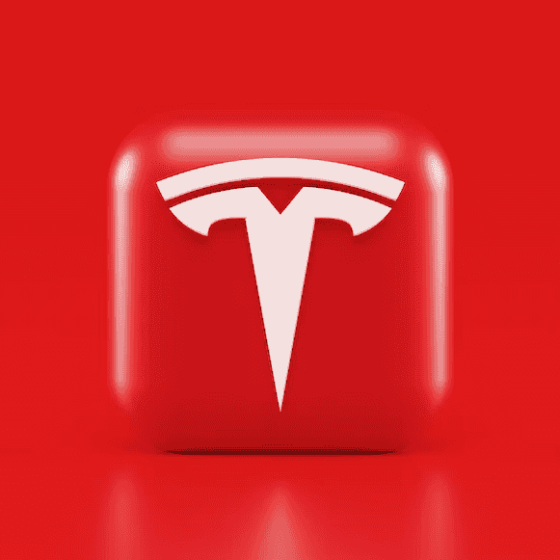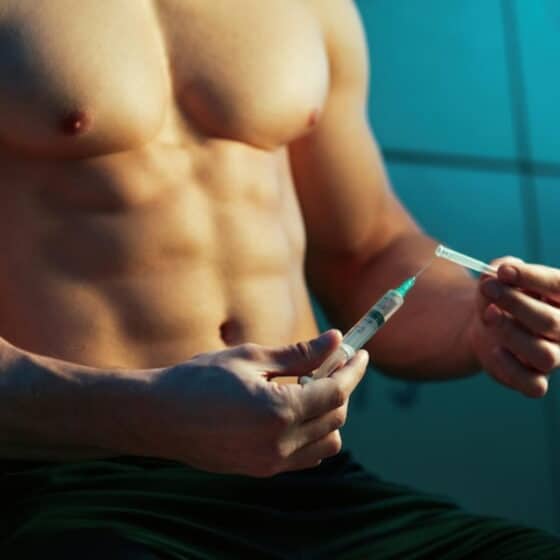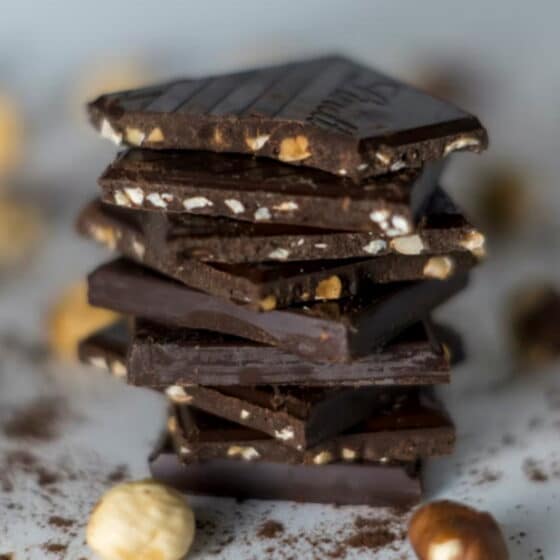If you’re craving an outlet for self-expression in the form of facial hair, the first thing you should know is that you’re not the only one thinking about ditching the razor. Beard growth has moved beyond the fringes of society and is now an important part of men’s mainstream fashion.
So whether you’re going for the hipster vibe or trying to look more like Bradley Cooper, the fashion world now offers an exhaustive list of products and tips on how to tame your beard.
The following guide compresses that information, giving you a quick overview of everything you need to know to maintain your manly mane.
About Beard Growth
Anyone who has ever tried growing a beard probably knows that age matters. Facial hair usually develops during puberty. The mustache and some chin hair are the first to appear before the rest of the hair comes out.
A full beard is unlikely to develop before the age of 18, and some may have to wait until they are in their 30s. As such, using the best beard oil kit won’t make much difference if your time hasn’t come yet.
Diving deeper into the science behind beard growth takes us on a journey through a range of topics, such as endocrinology.
Online beard care kit reviews typically don’t cover the science behind facial hair growth, but it’s important to know some of the basics. For starters, facial hair growth is stimulated by the male hormone dihydrotestosterone or DHT, which is a byproduct of testosterone. And just like scalp hair, your beard grows out about half an inch per month.
For healthy males between the ages of 19 and 38, normal testosterone ranges are between 264 and 916 ng/dl. Lower levels of testosterone can negatively affect beard growth.
Unfortunately, growing a beard isn’t just about hormones, but also about genetics. That means, if you have the genes for a patchy or weak beard, you’ll end up with one, even if your T levels are perfectly normal.
It’s also important to know that recent studies concluded that T and DHT play independent roles in the process of male facial hair growth. T has an impact on hair follicles, while DHT promotes linear growth.
Factors Affecting Beard Growth
Below we’ll identify key factors that can aid or derail your beard-growing plans.
- Genetics: Your genes will play a critical role in determining the thickness of your beard. It typically takes two to six months to achieve full beard growth. Your parents and grandparents can help you figure some of this out. If they have thick beards, you’re likely to grow one as well in a relatively short period of time, especially with help from the most badass beard care products on the market.
- Age: Be patient. Growing a full beard can take time. If you’re in your late teens or early 20s, don’t be discouraged if your face is still a bare field. Some people have to wait until they are 30 to grow a proper beard.
- Ethnicity: Over the years, studies have shown that facial hair in different ethnicities has different lengths, diameters, and growth rates. Some experts also argue that people from Mediterranean countries grow thicker beards than their counterparts further West, while Caucasian men usually have larger and fuller beards than Chinese or Japanese men.
- Low testosterone: Low levels of testosterone will often result in poor facial hair growth. But some of the best beard care brands offer products that help you care for your beard and skin and improve your shaving experience. That said, people with really low levels usually have no facial hair at all. From a clinical standpoint, low testosterone levels raise more serious concerns than the inability to grow a beard. If you think you’re experiencing symptoms related to low T, get in touch with a doctor as soon as possible.
- Alopecia areata: Guides on beard growth often gloss over this autoimmune disease. But we feel it’s an important thing to mention when talking about things that affect beard growth. This condition results in unpredictable hair loss. Hair on the scalp and face often falls off in small patches, but in more extreme conditions, it can affect the entire body. Unfortunately, there’s no cure for this condition, but there are some treatment options.
Helping Beard Grow Naturally
Whether or not you have the right genes for a manly mane, there are a few beard care tips and tricks that can help you grow a fuller and thicker beard naturally. When you combine that with a good beard growth kit, you will be sporting a fine-looking beard in no time.
- Eat healthily: Having a healthy diet that enables you to get all the vital nutrients can help improve many different aspects of your life. It’s also a great way to get all the micronutrients and vitamins to grow your beard.
- Quit smoking: Countless studies have identified a long list of adverse effects that smoking has on both hair and skin.
- Avoid stress: This is another critical component when it comes to beard care, as studies show that stress causes hair loss and may have a negative impact on beard thickness.
- Get enough rest: Sleeping gives our body the opportunity to recuperate and improve all its functions and processes.
Debunking Beard Growth Myths
We’ve all heard one of these myths at one time or another. Whether you ask a friend, an older sibling, or one of your elders, chances are, they’ll claim to have a foolproof method for growing a bushy beard.
In this section, we’ll debunk some of the most ridiculous beard myths.
Shaving Will Make Your Beard Grow Faster
This is probably the oldest one in the book. Shaving off a beard won’t affect the number of follicles you have and won’t nourish them or alter DHT production either. As such, if you keep on shaving, the only thing you’re doing is delaying the growth process.
Beard Boosting Pills
The truth is, the right products can improve the look of your beard, but most of those magic beard booster pills are just overpriced products that give you very little in the way of results.
Most aficionados agree that including enough biotin in your diet, found mostly in nuts and wholegrains, will help you with getting the desired results.
Beard Products Are Useless
When you’re growing a beard, myths like this one will frequently come from people who have good genetics, and basically, all they have to do is stop shaving to sport a beard.
It’s true that your beard will grow without them, but at a certain point, it’ll require good beard care products for a healthy look and to continue growing properly.
There are a few necessary badass beard care products on the market that help keep your skin damage-free and prevent split ends on your beard, among other things.
It’s All About Genetics
Most people tend to think in extremes. These same people also often think that genetics is the only crucial factor when it comes to growing a beard.
Sure, your genetic makeup will determine the number of hair follicles you have on your body and affect the process of growing a beard. But there are many other components to consider.
For instance, the right assortment of oils, creams, and balms can help unclog hair follicles and increase hair growth. These products can improve the outcome and make quite a difference in the long run.
The Basics of Grooming and Beard Care Products
Now that we’ve covered some of the science behind beard growth, let’s look at what else you need to keep your facial hair healthy.
If you’ve ever Googled something even closely related to facial hair care or growing a beard, you’ve probably come across thousands of different products that help in the development of a healthier and fuller manly mane.
Oils
If you’re planning on growing a beard, then you’ll definitely want to invest in beard oils as they help the skin under your facial hair stay moist, preventing it from becoming itchy, irritated, and dry. The moist and healthy skin under your beard will also mean improved growth.
Beard Growth Sprays
Long beards are no longer associated with lumberjacks and bikers. Growing one today is an increasingly popular fashion statement. That explains why men who don’t necessarily have the facial hair for a proper beard desperately want to join this gentlemen’s club. If you’re facing problems with patchy beard growth and/or uneven facial hair density, products such as growth sprays can be a lifesaver.
Of course, the actual results of spray treatments depend on the product. Certain compounds associated with hair growth must be included in the product. If they are, the spray should help with stimulating facial hair growth.
Professionally formulated products should yield tangible results within four to six weeks of use.
Beard Balms
When it comes to caring for your beard, you can also opt for using beard balms to keep things healthy in the facial hair department.
The main difference between balms and oils is mostly the texture. Balms are thicker solutions that stay on longer under your beard. They make your beard appear shinier, and the delayed absorption enables the skin under to stay moist for longer.
Minoxidil and Beard Growth
Some people also use minoxidil (Rogaine) for growing a fuller beard. Does it work? Let’s see what science has to say.
As far as modern medicine is concerned, there’s little evidence to support that minoxidil helps with growing a beard. One study from 2016 that looked at the connection between beard growth and the compound found that there was slight improvement among participants who used a 3% minoxidil lotion over the placebo. Even though that still sounds promising, one study isn’t really enough to make a conclusive argument.
Apart from that, there are mild side effects associated with its use:
- Redness and irritation may occur on facial skin.
- New hair textures and colors may appear.
- Hair may grow in unwanted places as well (neck and the back).
Based on scientific data, using Rogaine for prolonged periods can lead to more severe side effects as the substance builds up in the bloodstream.
In these cases, those who are growing a beard and using the compound may experience:
- Lower sex drive
- Weight loss
- Dizziness
- Chest pains
- Swollen hands and feet
If you still want to experiment with this, experts recommend using 3% minoxidil which you should apply to your beard twice a day for at least 16 weeks.
Don’t forget that results will vary, and currently, there’s little evidence to suggest full efficiency when it comes to beard growth. It’s also advisable to discuss your plans with your doctor.
Vitamins for Growth
When it comes to letting your mane go wild, there are a few compounds that may help with growth.
That said, you should do your homework on the types of products that are available, the brands that manufacture them, and their reliability.
Beard growth can be improved by a wide range of vitamins and minerals, and you need to look for products that have them.
These include:
- Biotin: This hair vitamin helps with protein synthesis, improving nail and hair growth along the way.
- Vitamin A: Helps in restoring hair health. It also improves blood circulation that helps with hair regeneration.
- Caffeine extract: Topical application may reach the hair roots and might stimulate growth.
- Vitamin C: Acts like an antioxidant eliminating oxidative stress that’s linked to hair loss
- Vitamin E: Promotes better blood circulation in the scalp area
- Vitamin D: When it comes to beard growth vitamins, this compound improves cell growth differentiation and immune regulation, which also helps with hair growth.
- Vitamin B6: Improves red blood cell production, which helps with hair growth as well.
- Zinc: May inhibit hair follicle regression
- Fish oil: Omega 3 supports hair thickening and fights inflammation issues that may contribute to hair loss.
- Iron and protein: As hair is made up mostly of keratin, supplementing with these two compounds can help with strengthening the structure of hair follicles.
- Sulfur: This is a nutrient included in most beard growth products.
- Potassium: Improves DHT production that stimulates facial hair growth
- Magnesium: Helps with DHT regulation
- Calcium: Plays an active role in hair loss prevention
- Other ingredients: Polygonum Multiflorum, Tea Tree Oil, Angelica Root, Saw Palmetto
Clippers VS Scissors
Trimming your beard is a delicate process. But it’s also a necessary one if you want to grow a healthy beard.
In addition to keeping your beard at a certain length, regular trimming also keeps split ends from inhibiting growth. This is an important part of the grooming process, which is why it’s vital to pick the right tool for the job.
This is where the scissors vs. clippers showdown comes into play.
Clippers
In recent years, clippers have become widely popular. They enable men to trim their beards quickly and painlessly. These tools come in different shapes and sizes, edges, power options, and other fancy accessories that make trimming even easier.
On the other hand, when performing even the most basic beard care chores, you have to be vigilant because the chances of messing up increase greatly with trimmers. A twitch, or a bad move, is enough to cut off nearly half of your beard in a second.
Sounds scary, right?
That’s why experts recommend using clippers for shorter, subtle style facial hair. Just slap on a razor guard, and you’re pretty much ready to go.
You can also use clippers for neck and cheek lines. All in all, if you want to groom your facial hair to a specific style, clippers facilitate quick and precise styling as long as you’re careful.
Scissors
If you’re looking into the basics of badass beard care, you probably realize the importance of investing in a quality pair of scissors, especially if you want to rock a longer beard.
With the right amount of patience and caution, scissors can be the perfect tool to tailor your beard to perfection. They are the best for targeting split ends, as well as on-the-fly styling (trimming off loose hair, shortening, and grooming unruly areas).
Scissors might not be as efficient or as fast as clippers, but once you learn how to use them, you’ll begin to appreciate their role in helping you with growing a beard, especially if you want to get rid of loose and split ends.
All in all, both of these should be in your arsenal if you’re a dedicated beardsman. Clippers are great for styling, while scissors are awesome for getting rid of scrappy hairs.
Final Thoughts
These growth tips and beard science facts will give you everything you need to get started on your own mane.
Growing an awesome beard has a lot to do with genetics, but it’s not the only ace in your sleeve. With the right beard care techniques and products, you can grow the perfect beard for your facial features.
FAQ
Can everyone grow a beard?
Unfortunately, not all men can grow facial hair. It’s mostly down to genetic factors. However, other underlying conditions may also affect the process. That’s why some men may turn to hair implants, which is an expensive procedure and might even cause more problems down the road.
How long does it usually take to grow a beard?
This question also depends on a lot of different factors. However, generally speaking, for most men, it’s anywhere between two to four months. The average daily growth rate is around 0.3 to 0.5 millimeters. Genetics, age, and certain conditions will affect not just the amount of hair you can grow but also the rate at which it grows.
Age is especially important. Those in their late teens or early 20s might not be able to reach their full beard-growing potential.
What is the best age to grow a beard?
Full beard growth is typically possible around the age of 18. However, very few people are able to grow a beard this early in life. It’s more reasonable to expect a full beard in your 30s.
Will a patchy beard fill in?
As you get older, you’ll see better beard development as long as you have the genetics for a full beard. Patience is key. Some people see patches within two or three weeks and give up. You’ll need a lot more than that. Ideally, you should grow your beard for two to three months if you want to get a sense of what it actually looks like.
In some cases, smaller patches won’t be noticeable if the surrounding facial hair is long enough to cover it. Unfortunately, for some, the patches will never fill in, especially if their genes aren’t really cut out for beard growth.
Does trimming your beard help it grow?
In a sense, yes. Trimming helps improve the overall look, and by eliminating split hairs, you’re also providing space for your beard to breathe and ensuring better beard growth.











